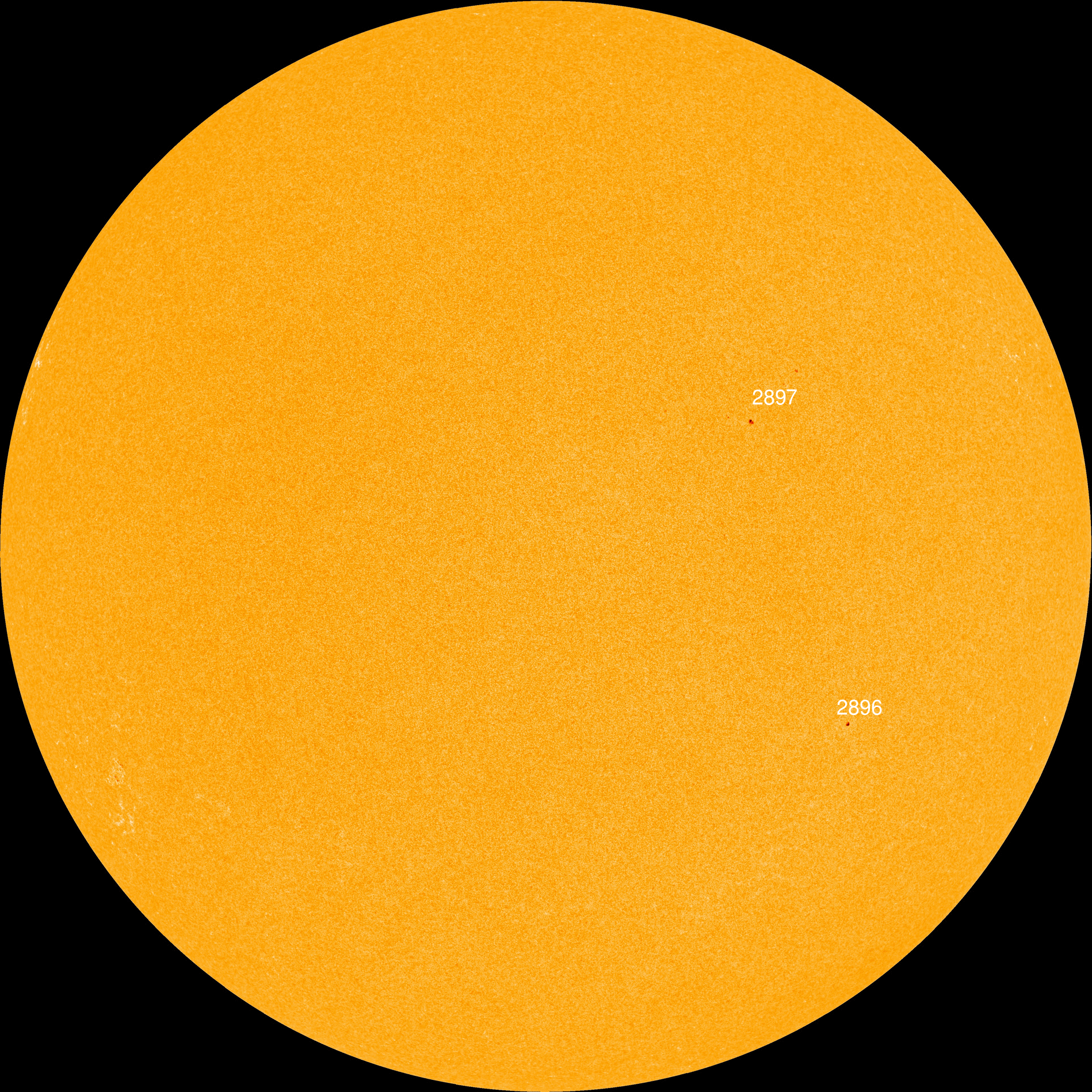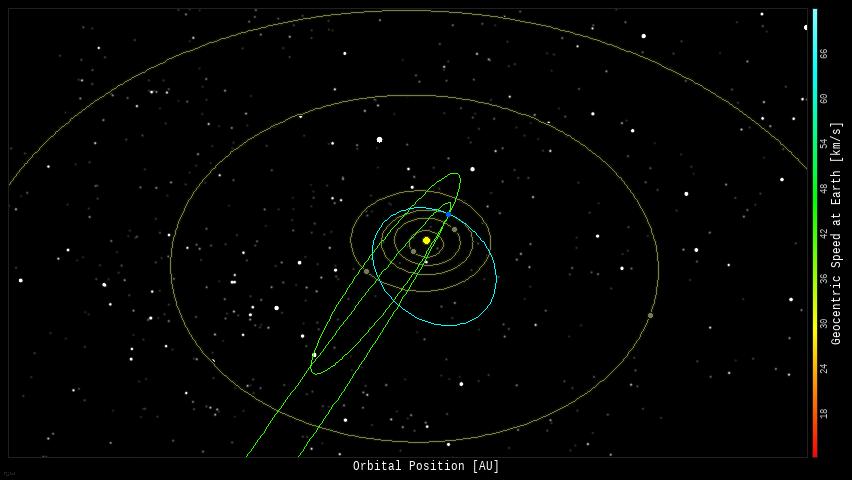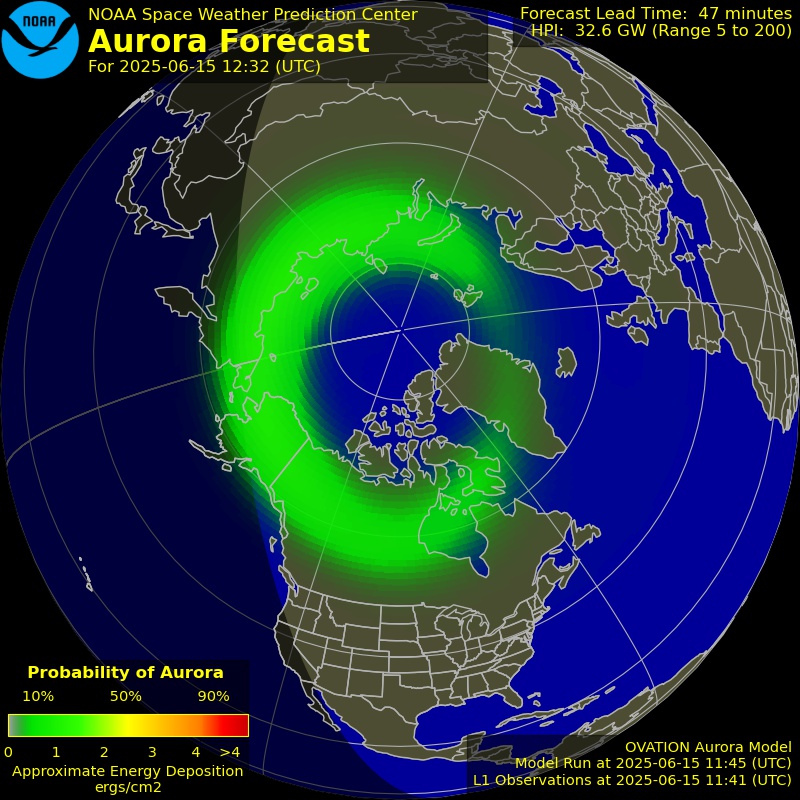No Eclipse for Me
As luck would have it, Michigan has once again given me a completely overcast sky during an astronomical event. I went out at 4:00 AM to see the lunar eclipse, but I could not even tell where the Moon was. Also, as luck would have it, by 7:00 AM the sky had completely cleared. I often claim that “Michigan astronomers have an over-abundance of patience,” but this time I was miffed.
I’ve been suffering with a (non-COVID) upper respiratory infection for 2 weeks now; my wife brought it home from school – apparently it has taken-out quite a few teachers at her school. Because of this, I’ve not seen my granddaughter during those 2 weeks… which means I’ve not taken her outside to look at stars either. It’s surprising how much I look forward to doing that with her! I can’t wait until she can look through a telescope!

Mars continues to appear low above the east-southeastern horizon before sunrise all week, moving a bit southward with each morning. On Nov. 23rd, Mars appears near the star Zubenelgenubi II – it was REALLY close yesterday!

By early next week, Mars and Zubenelgenubi II will have separated by quite a bit.

The planets Jupiter, Saturn and Venus appear in the south-southwestern sky after sunset all week.

The Moon appears near the star Pollux on Nov. 23rd and 24th – after sunset in the eastern sky. The constellation Orion rises in the east a few hours after sunset.

Before sunrise, the Moon and Pollux will have moved to appear high in the southwestern sky. I saw the Moon this morning looking straight up through the skylight in my kitchen.

The Moon appears near the star Regulus high in the southern sky before sunrise on Nov. 26th and 27th.

The constellation Orion sets in the west before sunrise.


- The Moon is a Waning Gibbous – rising after sunset, visible high in the sky after midnight, and visible to the southwest after sunrise.
- The Third Quarter Moon occurs on Nov. 27th – rising around midnight, and visible to the south after sunrise.
- After Nov. 27th, the Moon will be a Waning Crescent – visible low to the east before sunrise.

If you click on the Moon image above, or click this link, you will go to NASA’s Moon Phase and Libration, 2021 page – it will show you what the Moon looks like right now. If you click the image on that page, you will download a high-rez TIFF image annotated with the names of prominent features – helpful for logging your lunar observations!
Moon News

The Sun has 2 spots, and another one rotating into view on the Sun’s left edge.

Videos courtesy of NASA/SDO and the AIA, EVE, and HMI science teams.
You can view the Sun in near real-time, in multiple frequencies here: SDO-The Sun Now.
You can create your own time-lapse movies of the Sun here: AIA/HMI Browse Data.
You can browse all the SDO images of the Sun from 2010 to the present here: Browse SDO archive.
Amateur Solar Astrophotography

Solar Corona
Solar wind speed is 552.6 km/sec ▼ with a density of 8.1 protons/cm3 ▲ at 1341 UT.
Click here to see a near real-time animation of the corona and solar wind from the Solar & Heliospheric Observatory (SOHO).
Sun News:
The ESA’s Solar Orbiter will flyby Earth on Nov. 27th – at a mere 460 km above Earth’s surface. This will decrease the spacecraft’s orbital energy, and set it up for its next close pass by the Sun.

- Near-Earth Objects (NEOs) discovered this month: 227, this year: 2751 (+31), all time: 27,588 (+23)
- Potentially Hazardous Asteroids (PHAs): 2231 (+1 updated 2021-11-23)
- Total Minor Planets discovered (NASA): 1,113,527 (updated 2021-08-17) – not updated for many weeks.
- Total Minor Planets discovered (MPC): 1,143,463 (-13, updated 2021-11-23)
Upcoming Earth-asteroid encounters:
| Asteroid | Date(UT) | Miss Distance | Velocity (km/s) | Diameter (m) |
| 2021 VL16 | 2021-Nov-23 | 14.3 LD | 8.4 | 19 |
| 2014 WF201 | 2021-Nov-24 | 13.2 LD | 5.5 | 27 |
| 2021 VR4 | 2021-Nov-25 | 2.1 LD | 7.7 | 18 |
| 2009 WB105 | 2021-Nov-25 | 15.1 LD | 18.9 | 71 |
| 2021 VF11 | 2021-Nov-25 | 18.6 LD | 1.3 | 14 |
| 2019 BB5 | 2021-Nov-25 | 18.8 LD | 8.3 | 16 |
| 2021 VM | 2021-Nov-27 | 9.4 LD | 8.9 | 30 |
| 2021 VO12 | 2021-Nov-28 | 7.3 LD | 13.5 | 51 |
| 1994 WR12 | 2021-Nov-29 | 16.1 LD | 8.8 | 123 |
| 2021 UP4 | 2021-Dec-04 | 13.9 LD | 8.3 | 53 |
| 2021 VX7 | 2021-Dec-06 | 14.8 LD | 6.1 | 41 |
| 4660 | 2021-Dec-11 | 10.3 LD | 6.6 | 759 |
| 2019 XQ1 | 2021-Dec-13 | 14.1 LD | 9.1 | 30 |
| 2021 VT6 | 2021-Dec-14 | 7.7 LD | 6.9 | 55 |
| 2004 YC | 2021-Dec-15 | 18.4 LD | 8.1 | 27 |
| 163899 | 2021-Dec-17 | 14.2 LD | 5.6 | 1093 |
| 2021 LX3 | 2021-Dec-18 | 19.7 LD | 6.5 | 124 |
| 2016 YY10 | 2021-Dec-21 | 11.3 LD | 9.2 | 23 |
| 2017 XQ60 | 2021-Dec-21 | 13.7 LD | 15.7 | 47 |
| 2016 TR54 | 2021-Dec-24 | 16.9 LD | 15.5 | 135 |
| 2018 AH | 2021-Dec-27 | 11.9 LD | 12.7 | 112 |
| 2017 AE3 | 2021-Dec-29 | 9.3 LD | 19.1 | 155 |
| 2014 YE15 | 2022-Jan-06 | 19.3 LD | 6.4 | 8 |
| 2020 AP1 | 2022-Jan-07 | 4.6 LD | 5.7 | 4 |
| 2013 YD48 | 2022-Jan-11 | 14.6 LD | 14.8 | 107 |
| 2021 BA | 2022-Jan-18 | 9.8 LD | 9.1 | 22 |
| 7482 | 2022-Jan-18 | 5.2 LD | 19.6 | 1732 |
Asteroid News:

On November 22, 2021, the NASA All Sky Fireball Network reported 6 fireballs!
(5 sporadics, 1 Leonid)

Fireball News:
If you see a bright meteor or a fireball, please REPORT IT to the American Meteor Society and the International Meteor Organization!

Position of the planets & several spacecraft in the inner solar system on November 23rd:

Position of the planets in the middle solar system:

Position of the planets in the outer solar system:


See a list of current NASA missions here: https://www.jpl.nasa.gov/missions?mission_status=current

ex·o·plan·et /ˈeksōˌplanət/, noun: a planet orbiting a star other than the Sun.
Data from the NASA Exoplanet Archive
* Confirmed Planets Discovered by TESS refers to the number planets that have been published in the refereed astronomical literature.
* TESS Project Candidates refers to the total number of transit-like events that appear to be astrophysical in origin, including false positives as identified by the TESS Project.
* TESS Project Candidates Yet To Be Confirmed refers to the number of TESS Project Candidates that have not yet been dispositioned as a Confirmed Planet or False Positive.
Exoplanet News:


SpaceWeather.com Realtime Aurora Gallery: https://spaceweathergallery.com/aurora_gallery.html
Latest Aurora Oval Forecast

The Keweenaw is like a 2nd home to my wife and I. I’m THRILLED that the Keweenaw Mountain Lodge is hosting a telescope lending program!
- Visit an International Dark Sky Park: https://www.darksky.org/our-work/conservation/idsp/parks/
- If you live in Michigan, visit the Michigan Dark Skies site: https://sites.lsa.umich.edu/darkskies/

Education and STEM
Beautiful Universe: Our Amazing Sun
I’ve been following NASA’s Solar Dynamics Observatory for years – I use LOTS of SDO images in my lecture about the Sun.
The sun is always changing and NASA’s Solar Dynamics Observatory is always watching. Launched on Feb. 11, 2010, SDO keeps a 24-hour eye on the entire disk of the sun, with a prime view of the graceful dance of solar material coursing through the sun’s atmosphere, the corona. SDO’s sixth year in orbit was no exception. This video shows that entire sixth year — from Jan. 1, 2015, to Jan. 28, 2016, as one time-lapse sequence. At full quality on YouTube, this video is ultra-high definition 3840×2160 and 29.97 frames per second. Each frame represents 2 hours. A downloadable version has a frame rate of 59.94 with each frame representing 1 hour.
SDO’s Atmospheric Imaging Assembly (AIA) captures a shot of the sun every 12 seconds in 10 different wavelengths. The images shown here are based on a wavelength of 171 angstroms, which is in the extreme ultraviolet range and shows solar material at around 600,000 kelvins (about 1,079,540 degrees F). In this wavelength it is easy to see the sun’s 25-day rotation.
During the course of the video, the sun subtly increases and decreases in apparent size. This is because the distance between the SDO spacecraft and the sun varies over time. The image is, however, remarkably consistent and stable despite the fact that SDO orbits Earth at 6,876 mph, and Earth orbits the sun at 67,062 mph.
Scientists study these images to better understand the complex electromagnetic system causing the constant movement on the sun, which can ultimately have an effect closer to Earth, too: Flares and another type of solar explosion called coronal mass ejections can sometimes disrupt technology in space. Moreover, studying our closest star is one way of learning about other stars in the galaxy. NASA’s Goddard Space Flight Center in Greenbelt, Maryland, built, operates and manages the SDO spacecraft for NASA’s Science Mission Directorate in Washington, D.C.
Credit: NASA’s Goddard Space Flight Center/Wiessinger
Music: “Tides,” a track available from Killer Tracks
This video is public domain. It can be downloaded at its full quality and frame rate at: https://svs.gsfc.nasa.gov/cgi-bin/details.cgi?aid=12144
Today’s cover image is a composite of 25 separate images spanning the period of April 16, 2012, to April 15, 2013. It uses the SDO AIA wavelength of 171 angstroms and reveals the zones on the sun where active regions are most common during this part of the solar cycle. Credits: NASA/SDO/AIA/S. Wiessinger
Software Apps used for this post:
NASA Eyes on the Solar System: an immersive 3D solar system and space mission simulator – free for the PC /MAC.
Stellarium: a free web-based planetarium app. It’s a great tool for planning observing sessions.



